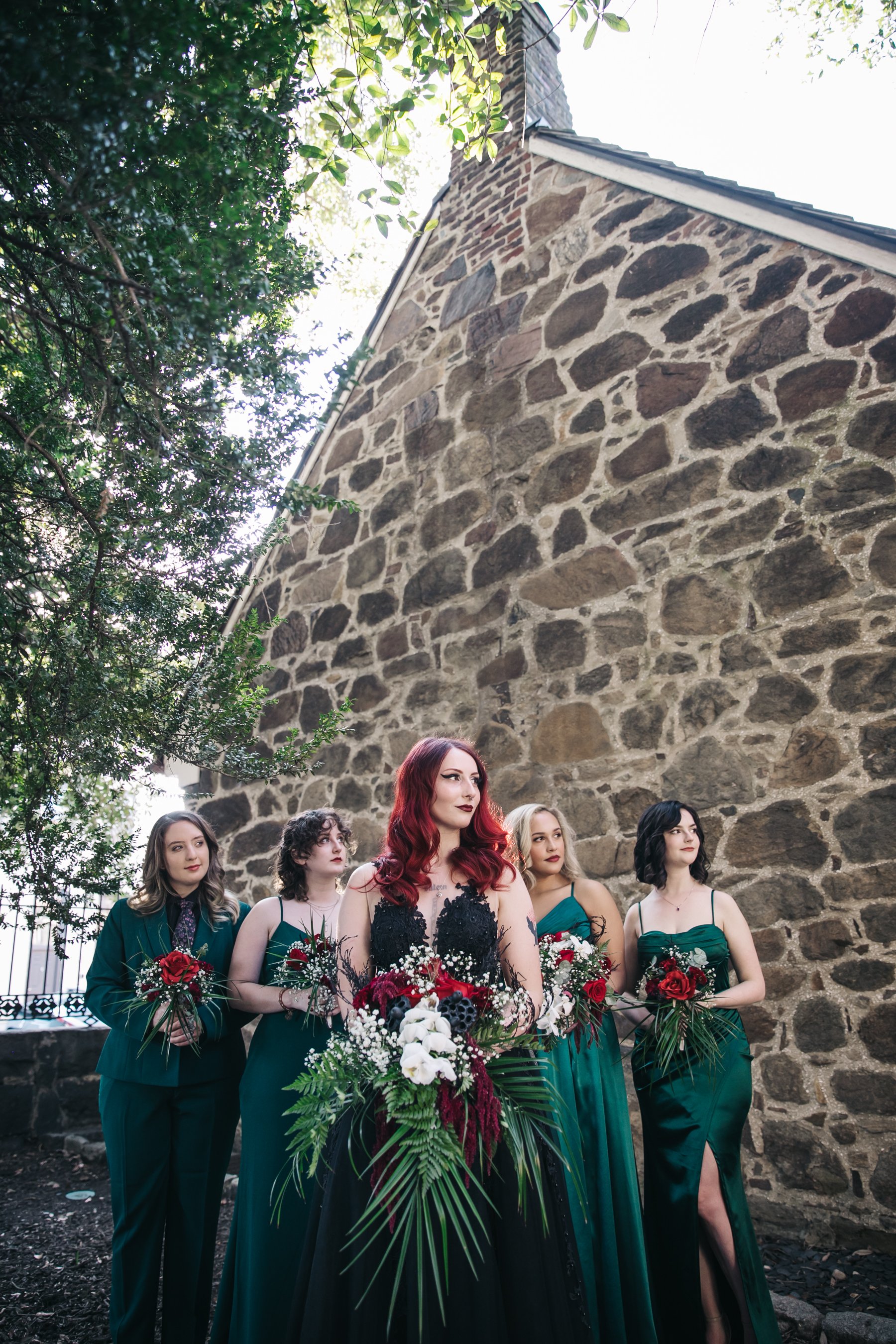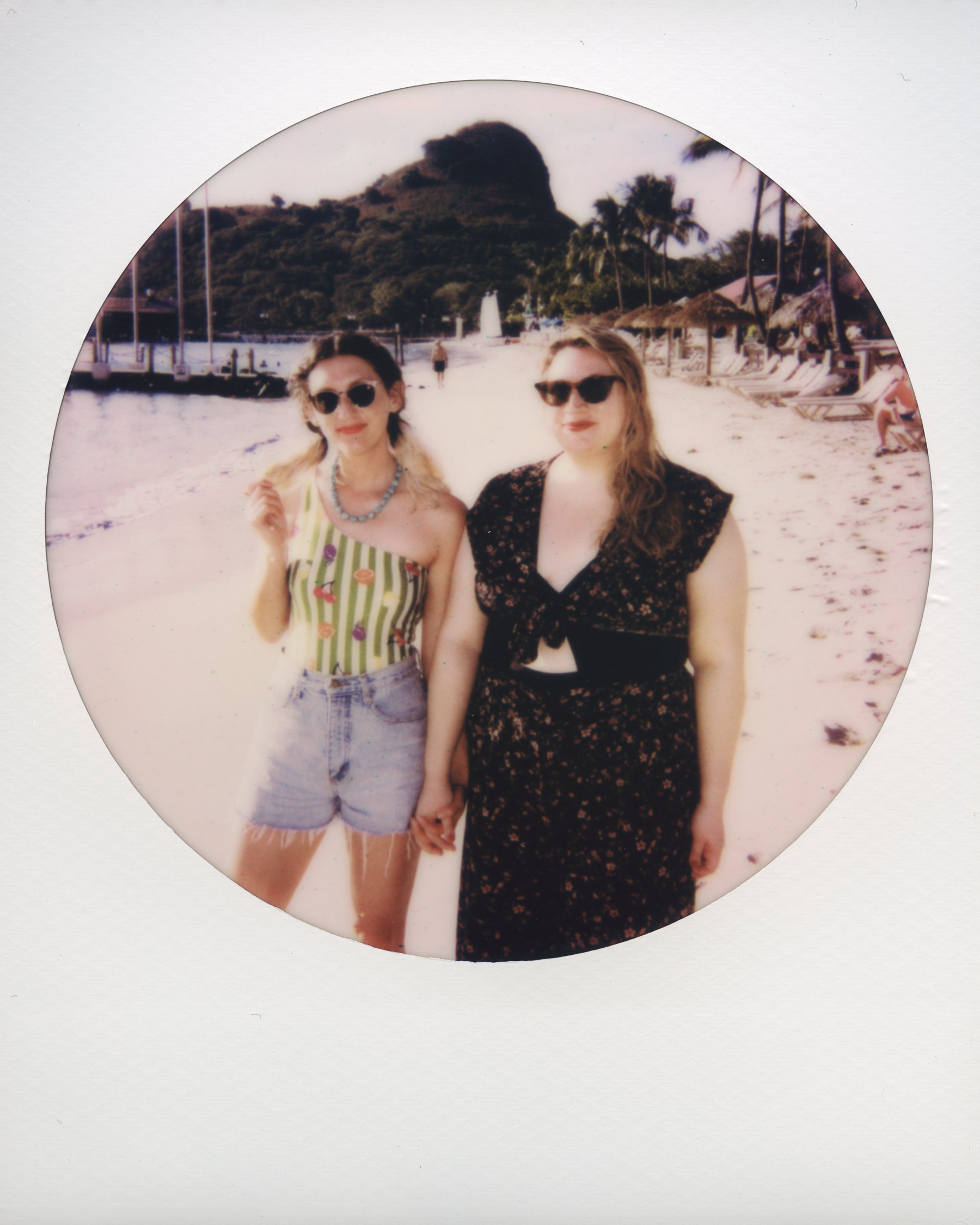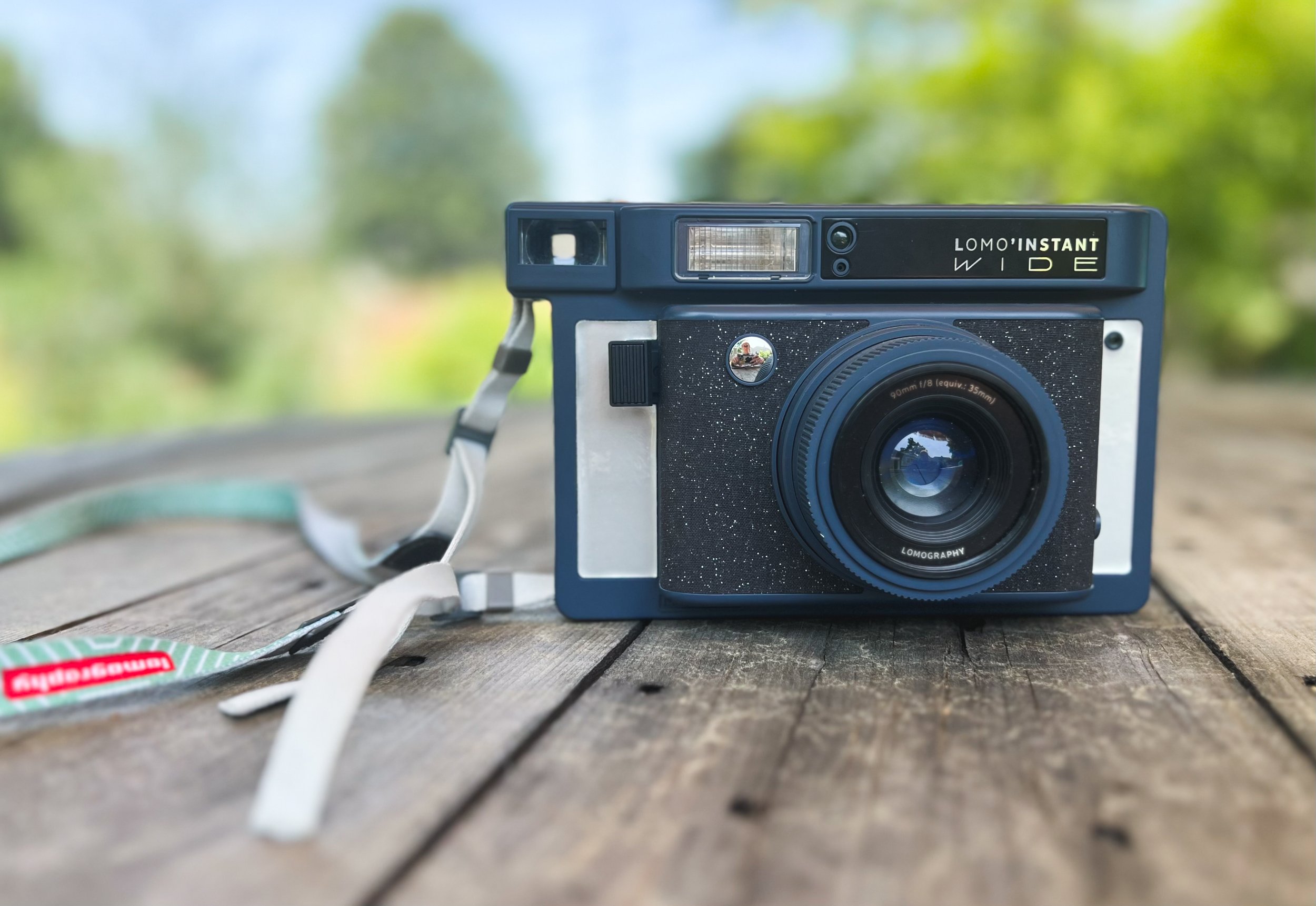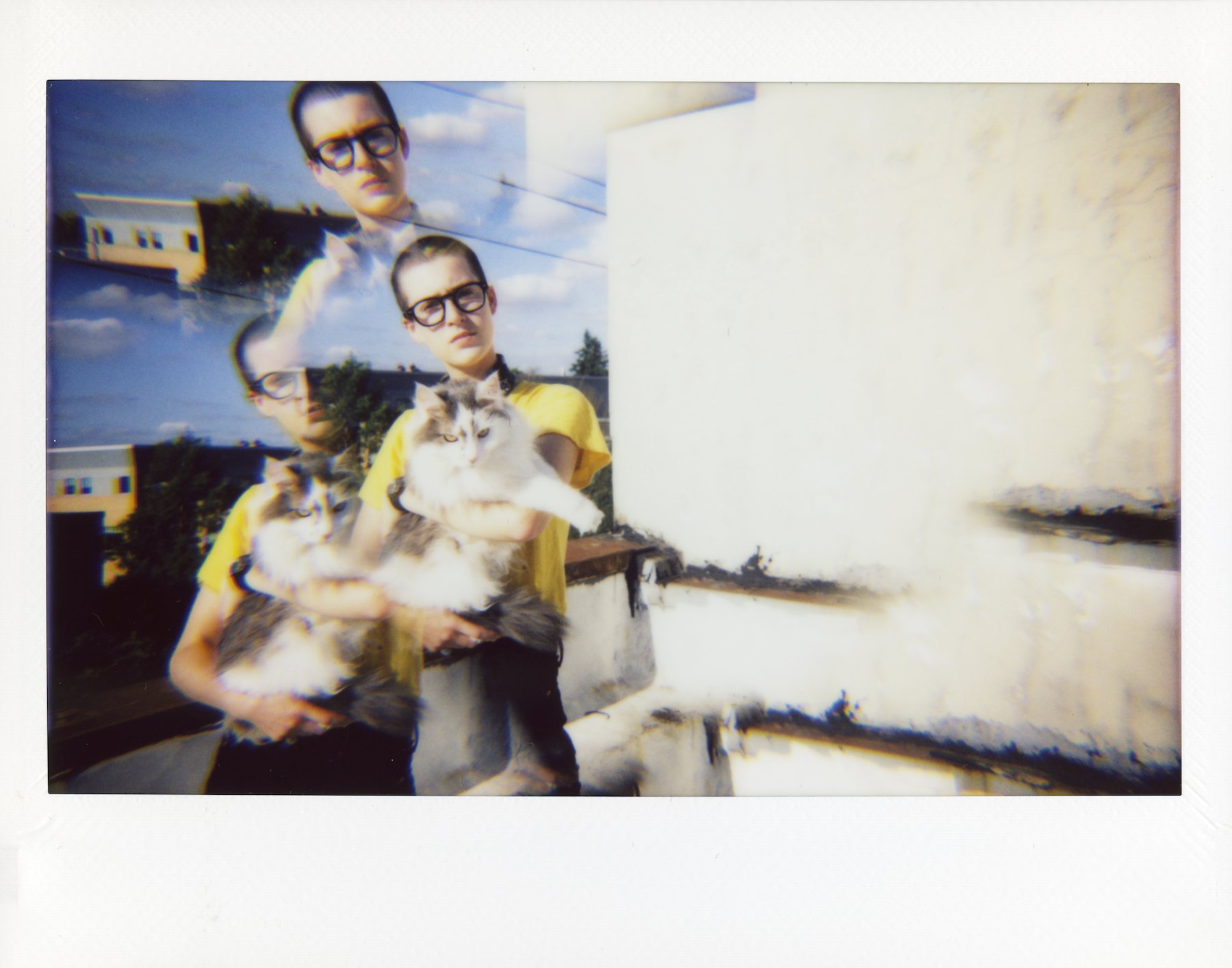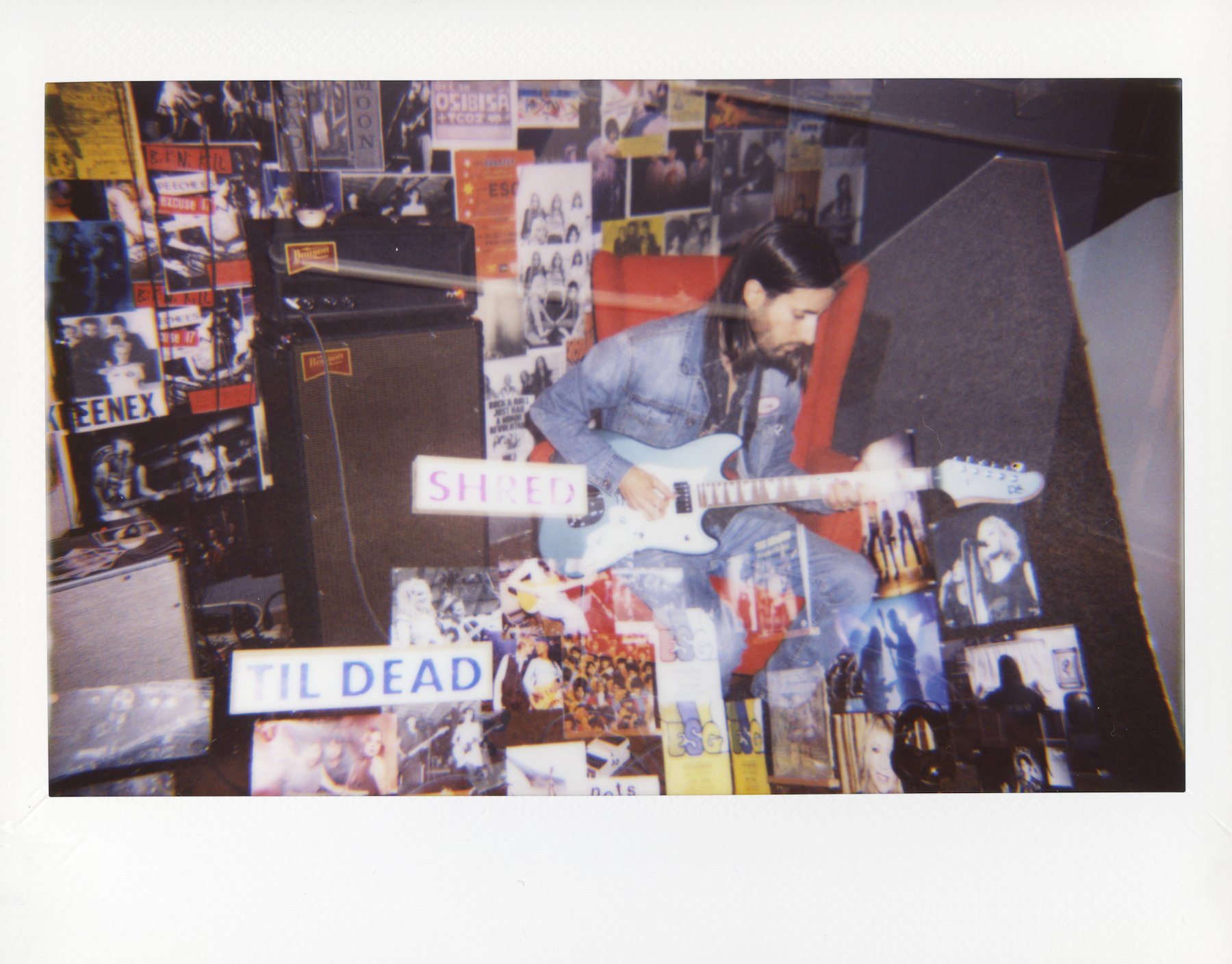I love my clients so much. Throughout the course of my 12 years as a wedding photographer, I’ve discovered that it’s actually better to not advertise too much for my business because when my clients find my work, it means they were truly looking for it. It means something about my work stuck out to them, and they weren’t willing to settle for a photographer just because they were on the first page of google.
I’m particularly excited to share these images from Finn & Joe’s woodland gothic wedding at the Poe Museum because their whole vibe was just so on point. From the styling to the flowers (Arcane Arrangements killed it!) to the venue, it all matched up so perfectly. I’m absolutely obsessed with these photos. I might go so far as to say it might be one of my favorite weddings I’ve ever photographed! They were just so kind and sweet too, which makes the whole experience even more memorable.
The Poe Museum is such a special place. It’s a tiny, quirky museum located in downtown Richmond. Whenever a visitor asks me what I recommend to do in Richmond, I always tell them to stop by the Poe Museum. It has a stunning courtyard, a super cute gift shop, and a black cat that wanders the property. It’s quite small so it’s not too overwhelming to visit, and it’s just a beautifully historic and unique experience.
Here is a sneak peek from their wedding day! As usual, I shot a combination of film and digital.
If you’re looking for a wedding photographer or know someone who is, feel free to reach out here! If you’re looking for a wedding DJ as well, my husband, Chris of Melody Mouse Media, and I offer a discounted package if you book us together. :)
Happy Holidays! And happy engagement season!
<3 Myles Katherine









